Korean researchers make a tiny switch from carbon nanotubes.
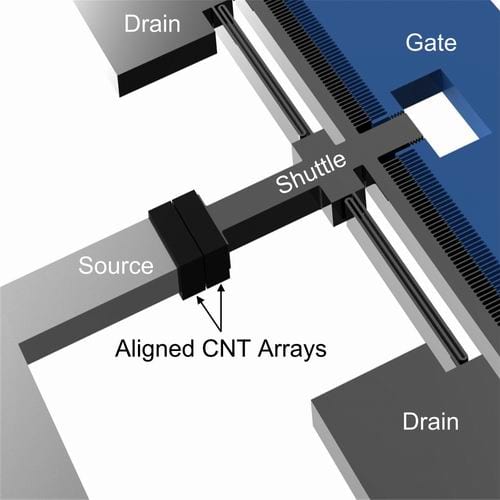

Korean researchers make a tiny switch from carbon nanotubes.
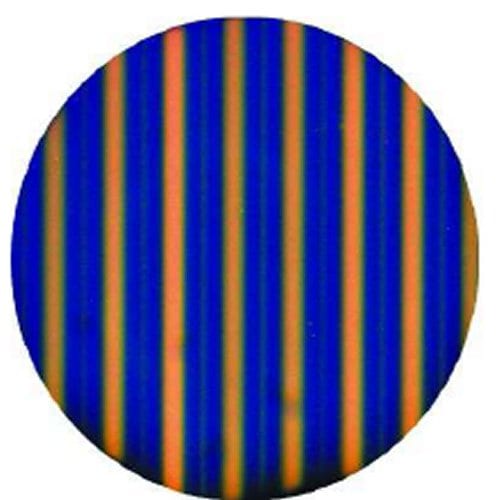
Two dyes give three colors on a hierarchically patterned surface, in work by German and Chinese scientists.
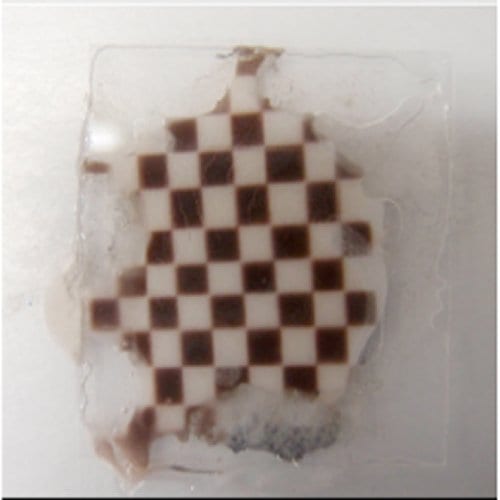
Conductive metallic 3D nanostructures can be made inside a single crystal of a photocatalytically active metal-organic framework, say Belgian scientists.
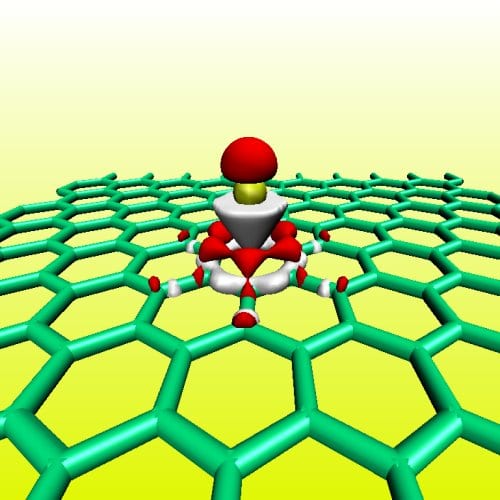
Aluminum clusters move along graphene tracks, controlled by applied electric currents, in work by Spanish and Dutch researchers.
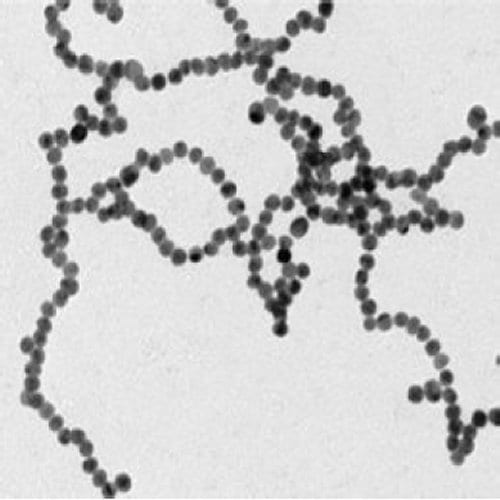
Assembly of metallic nanoparticles into chains or plasmonic networks is affected by temperature and kinetics.
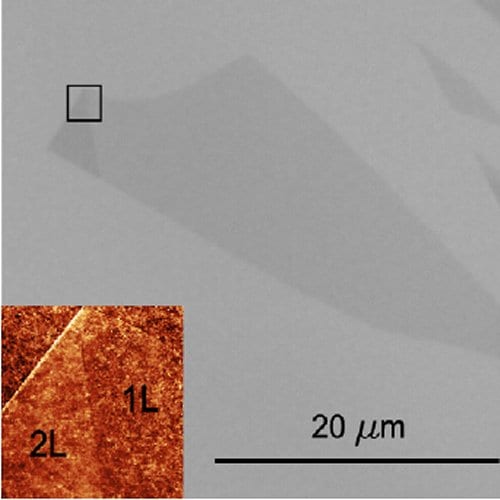
UK scientists develop method to produce and identify boron nitride monolayers like graphene using simple laboratory techniques.
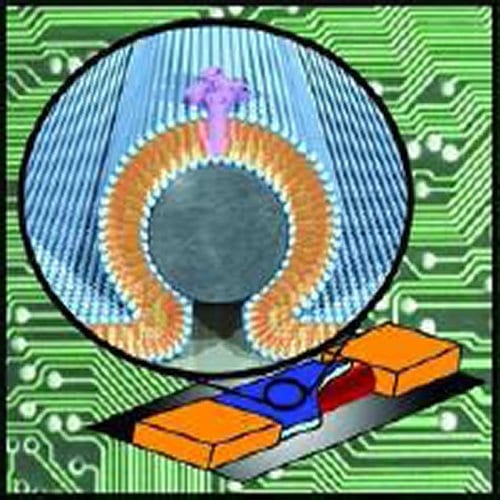
Science-fiction becomes science fact: How bionanoelectronics will revolutionize the world through medical and computational advances.
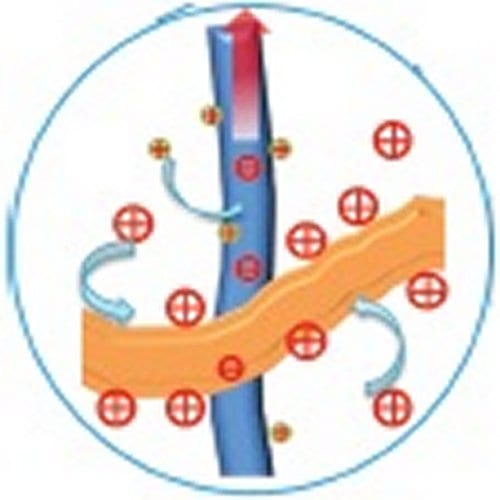
A supercapacitor with high power and energy density is made using nanocomposites containing carbon nanotubes.
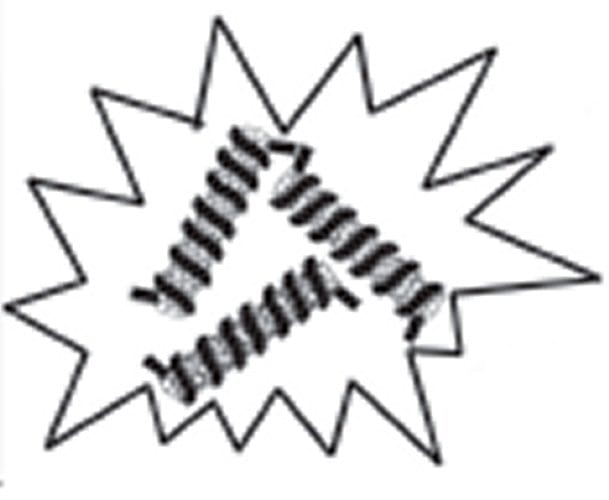
Nuclease activity can be detected by a simple, sensitive, and selective test based on light scattering of carbon nanotubes, with no need for a label.
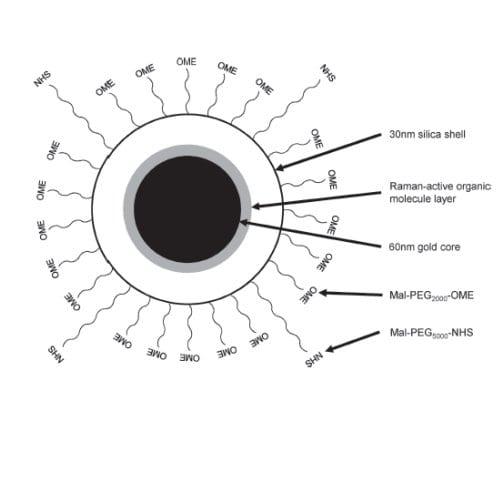
US scientists show the mechanism of toxicity of gold nanoparticles in living cells, and demonstrate that the nanoparticles are not toxic under diagnostic conditions.